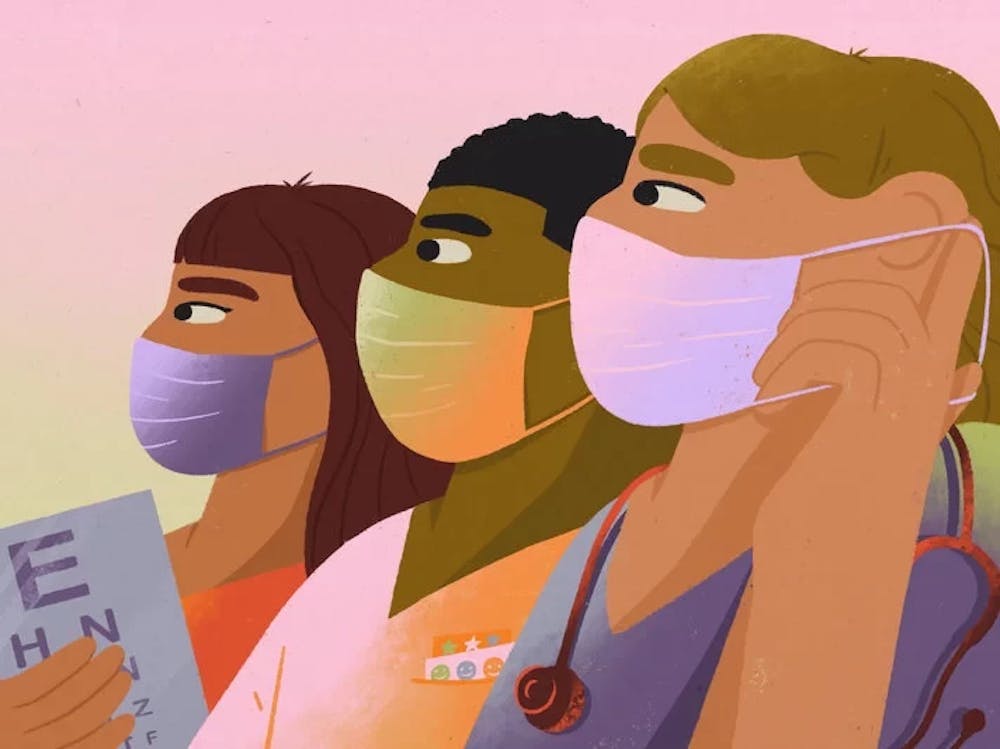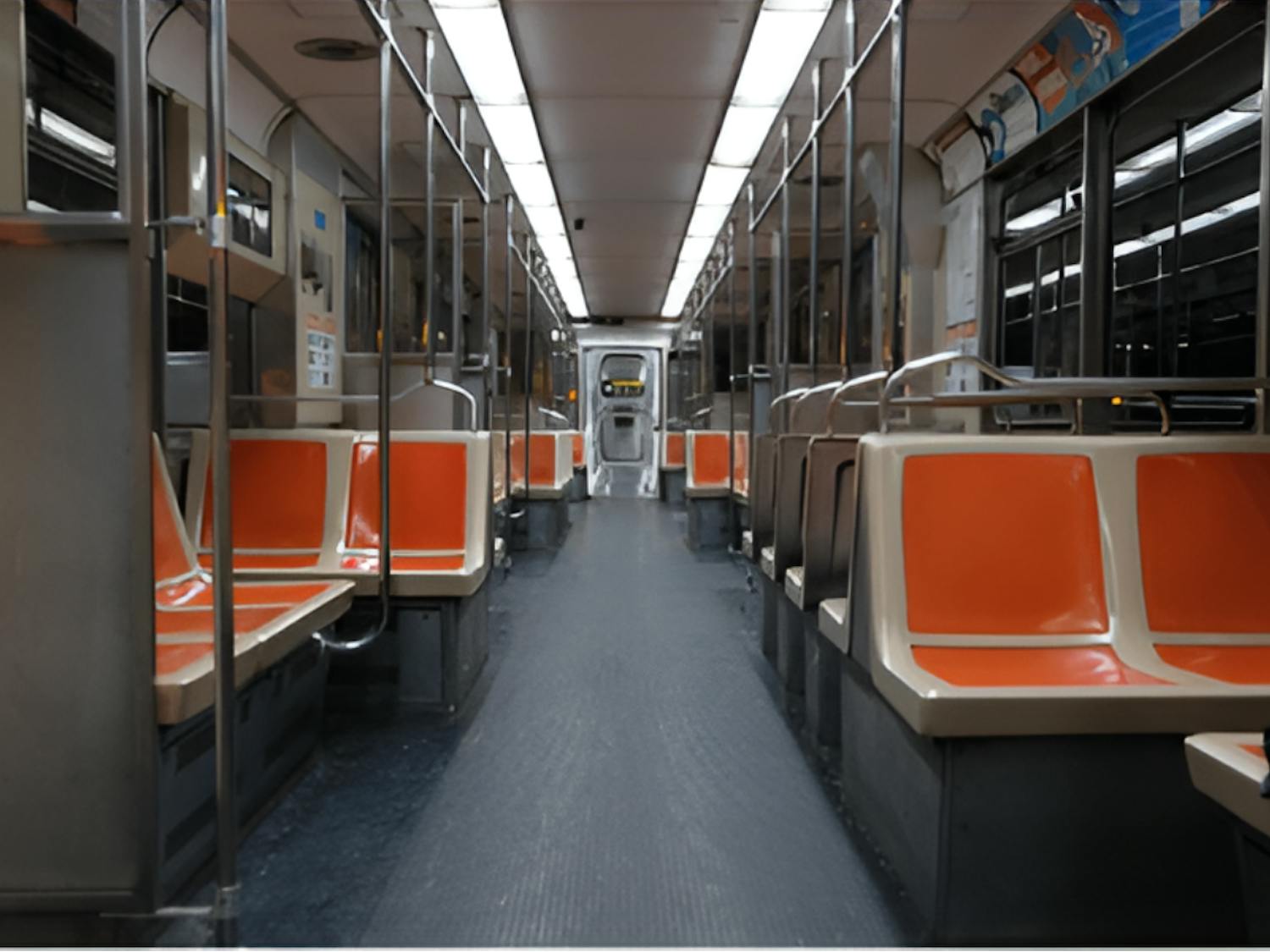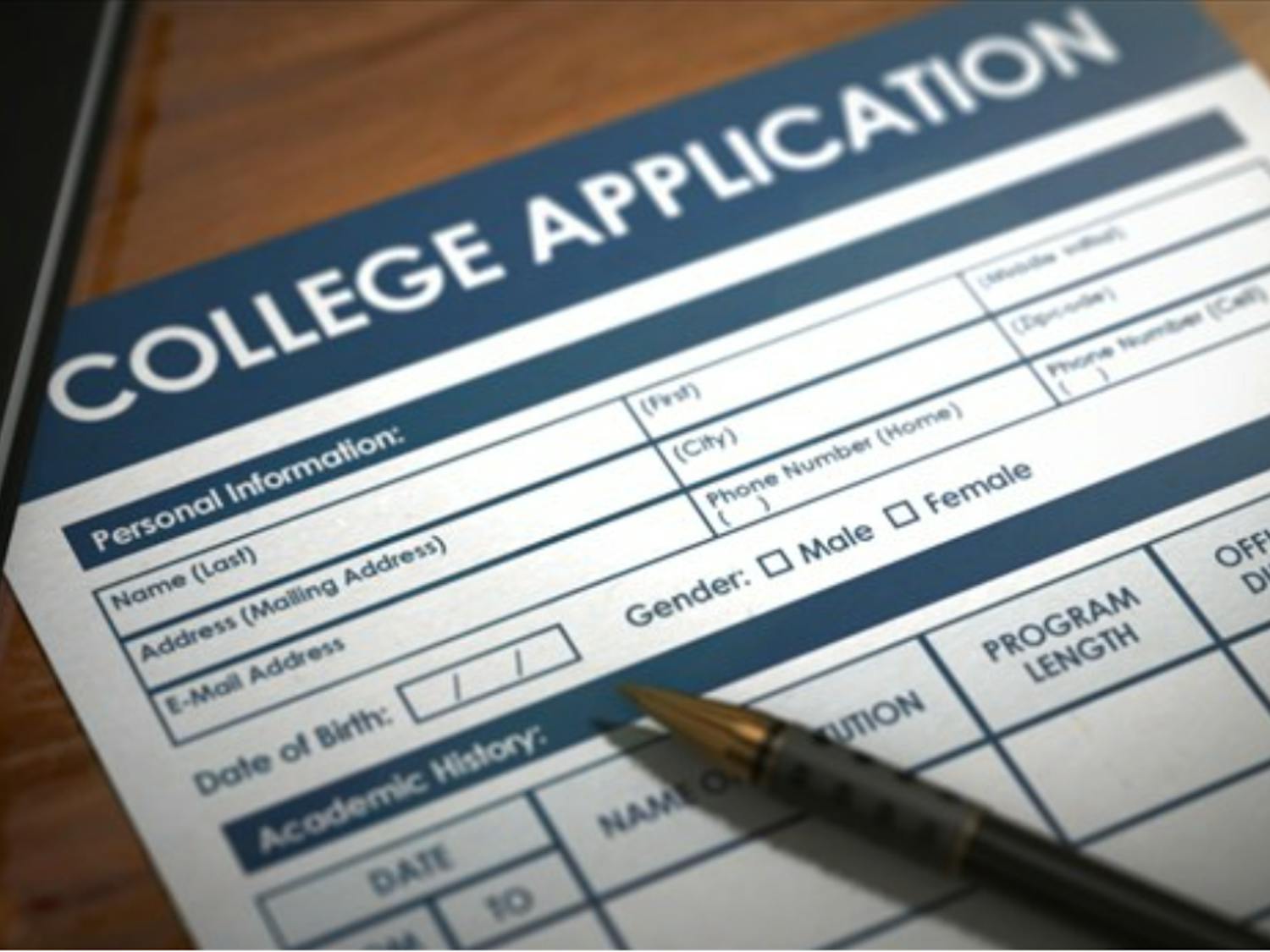Following the Great Recession in 2008, budget cuts have plagued public school districts across the country. Budget cuts to the school system are problematic for a myriad of reasons; however, one area of essential school services victimized by low funding is an especially timely topic in the current pandemic situation. The National Association of School Nurses (NASN) reports that as of 2018 only about 39% of schools nationwide employ full-time school nurses, 35% employ a part-time nurse, and 25% do not employ a nurse at all. Of the percentage of schools that do not employ a school nurse, a quarter of schools nationwide, many are forced to resort to using school staff with no medical training to carry out the responsibilities of a school nurse.
These statistics are intended to depict an image of the issue concerning a lack of nurses nationwide, though it is important to simultaneously acknowledge that numbers vary by region and district. The federal government provides very little of the total school funding, only about 8.3% according to the last detailed funding breakdown from 2015 to 2016, leaving much of the funding responsibilities to states and local education dollars. As a result, school nursing receives very little funding from the federal government, 12% according to the NASN, and funding for school nurses varies because it relies almost totally on individual, state made decisions.
In addition to providing little funding to the public education sector, and subsequently, school public health systems, there is no federal mandate concerning school staffing, evident in the complete lack of nurses in some schools. State laws on the matter do exist; Eileen Duffey Bernt, the nurse at Academy at Palumbo High School, revealed that “there is a [state] law that says public schools are required to have nurses at a 1,500 to one ratio” although the “National Association [NASN] recommends 750 to one”. The recommendation set by the National Association has no lawful basis, so the nurse to student ratio varies widely across the Philadelphia School District in agreement with the much higher ratio provided by the Pennsylvania state government. The combined Masterman Middle and High School shares one school nurse totalling a ratio of about 1,200 students to one nurse whereas the ratio at Academy at Palumbo, though still short of the National Association recommendation, is much lower at 850 students to one nurse according to the respective school nurses, Ms. Shalala and Ms. Duffey.
Clearly, the lawful requirement for school nurses varies greatly from the realistic need. As mentioned, this disconnect is ever more apparent now as our country is grappling with a pandemic and the difficult decision about the safety of students returning of whether or not it is safe for students to return to face to face learning. When asked whether she believed the pandemic had illuminated the need for more school nurses, Ms. Duffey replied, “oh, I absolutely do… I certainly hope that this is going to be a call to action to have more nurses in schools across the country, and more respect for school nurses,” before adding, “and a lot of times we are not considered that directly in the classroom even though we're educating in individual conversations and small groups with kids… We're educating all the time but I think that the pandemic is going to bring that to light.”

Unfortunately for the understaffed nurses of the Philadelphia School District and districts across the country, precautions necessary for the reopening of schools may mean additional work on top of already busy schedules. The responsibilities of school nurses extend far beyond immediate medical care provided to students. Amy Shalala, as previously mentioned, is the acting school nurse for the combined Masterman Middle and High School and a member of the Pennsylvania Association of Staff Nurses and Allied Professionals (PASNAP), detailed the list of tasks: “It’s difficult to get all of the mandated screenings completed by yourself: height/weight, vision, hearing and scoliosis. In addition to the mandated screenings by the state, there are immunizations to keep up to date, physical exams required for several grades, administering daily medications, seeing sick students and meetings with counselors and teachers,” not to mention the important role of communicating with parents or guardians. On their website, the Philadelphia School District has released a document called “Presumptive-Confirmed Positive Protocol” detailing the action to be taken when a student or faculty member develops symptoms while in a school building. The protocol (in part) for students is as follows: “Teacher will inform school nurse by telephone prior to sending the child to the Health Room; Student will be escorted by an adult (no student escorts) to the Health Room; Nurse will perform appropriate assessment and documentation in student information system (SIS); Nurse will notify parent/guardian to pick up student; Nurse will follow up with family and document interaction.” Although nurses will not be required to take the temperatures of students and staff routinely, presumptive cases will likely take much of their time. “I feel the health room is going to be super busy with teachers on high alert about the virus sending any student that coughs or sneezes to the nurse,” remarked Ms. Shalala.
Something important to recognize in considering the need for more school nurses is the demographics and socioeconomic status of students within the school district. Research published in 2017 shows that 80% of Philadelphia district schools have student bodies that are completely low income. The School District website states that 52% of students are Black/African-American and 21% are Hispanic/Latino. Sadly, these statistics are linked; systemic racism has left people of color more susceptible to poverty. That being said, school nurses play crucial roles in the lives of impoverished students who don’t have without the means to receive proper medical care outside of school. Clearly, the pandemic has exposed countless disparities; Judith Williams, the nurse at George Washington Carver High School, spoke in-depth on the efforts required by school nurses to continue to provide care to students in need: “[The pandemic] exposed, you know, all the issues with poverty. Poverty, health inefficiencies, and food inequalities… Once we get back to school, those are the issues that a school knows will tend to walk around: how to help students get by on nutrition, how to make sure that they have access to health care, or how to make sure they have access to housing… If students don't have the healthcare that they need, or feel safe, how are they going to get a good education?” This question most often becomes the responsibility of school nurses, who willingly accept it, but have difficulty fulfilling all their roles without extra help. Ms. Williams explained that in the school she worked at during the beginning of her career, many students were facing great poverty, and due to their need she often acted as a sort of social worker. “What I used to also do constantly in school is we would bring in extra clothes. So sometimes the teacher would call and say ‘oh this child’s clothes are really dirty and smelly’ and so forth. So then we would… just encourage them, or give them education on how to keep themselves clean, how cleanliness is important and if they need extra things like health supplies to clean up at home sometimes we’ll also ask for details… Not only do you have the role of a school nurse, but [also] social worker or psychologist.”
The lack of school nurses has even proved deadly in the past. Following budget cuts by the Corbett administration in 2011, “there were incidents of staff members giving the wrong medication to students and one student died from an asthma attack because they did not have a nurse in the building to assess her,” revealed Ms. Shalala. Thankfully the school nurse situation in Philadelphia has improved since then due to the incredible work of Councilwoman Helen Gym. She led the initiative in 2016 that eventually led to the establishment of a nurse in every school in Philadelphia in accordance with the current 1,500 to 1 ratio. The presence of at least one nurse in every school is a far better situation than many other districts across the country face without strong advocates such as Councilwoman Gym. Ms. Duffey explained, “my husband happens to be from Oregon; in that state the school nurse to student ratio of 750 to one student is recommended, not required. Only four districts in the state meet this recommendation.”
As for change on the federal level, the Nurses for Under-Resourced Schools Everywhere (NURSE) Act was proposed back in March of 2018, sponsored by Senator Jon Tester of Montana. A companion bill was introduced in the House of Representatives by Representative Dina Titus of Nevada. The official Congress.gov website describes the NURSE Act as “a bill to make demonstration grants to eligible local educational agencies or consortia of eligible local educational agencies for the purpose of increasing the numbers of school nurses in public elementary schools and secondary schools.” The NASN has been a steady supporter of the NURSE Act on the basis of providing the necessary healthcare to impoverished students and the growing number of students living with chronic diseases; however, as of now, no other action has been made in regard to the bill.
The reality of the situation is that more than 50% of the country’s schools are unable to hire a full-time nurse, and even those that do often have overworked employees. Such is the case in Philadelphia because state governments cannot support the cost of properly staffing public schools. “Meeting the needs of our students as well as state mandates has always been a challenge. The current situation of keeping our students healthy and safe during a pandemic exacerbates this challenge,” commented Ms. Duffey. The process of returning to school in areas such as Philadelphia, where the school buildings are often overcrowded and unclean, will be difficult for everyone, but especially for school nurses when their knowledge is ever more important. The only hope is that the awareness caused by the pandemic will lead to change and the implementation of improved public health in schools permanently. “The pandemic has kind of shown the differences between school districts and in the poorer districts where because of the pandemic cleanliness is super necessary and social distancing, but you know many of the school buildings are not always clean, a little decrepit and there's not always space for social distancing because the schools are overcrowded” (Ms. Williams).
Leachman, Michael, et al. “A Punishing Decade for School Funding.” Center on Budget and Policy Priorities, 28 Feb. 2018, www.cbpp.org/research/state-budget-and-tax/a-punishing-decade-for-school-funding.
Nelson, Lynn. “Coronavirus Highlights School Nurse Role in Public Health Prevention...” WSNA, 6 Mar. 2020, www.wsna.org/news/2020/coronavirus-highlights-school-nurse-role-in-public-health-prev\ention-and-response.
Enjoy what you're reading?
Signup for our newsletter
Willgerodt, M.A., Brock, D. M., & Maughan, E.M. (2018). Public School Nursing Practice in the United States. The Journal of School Nursing, 34(3), 232-244.





